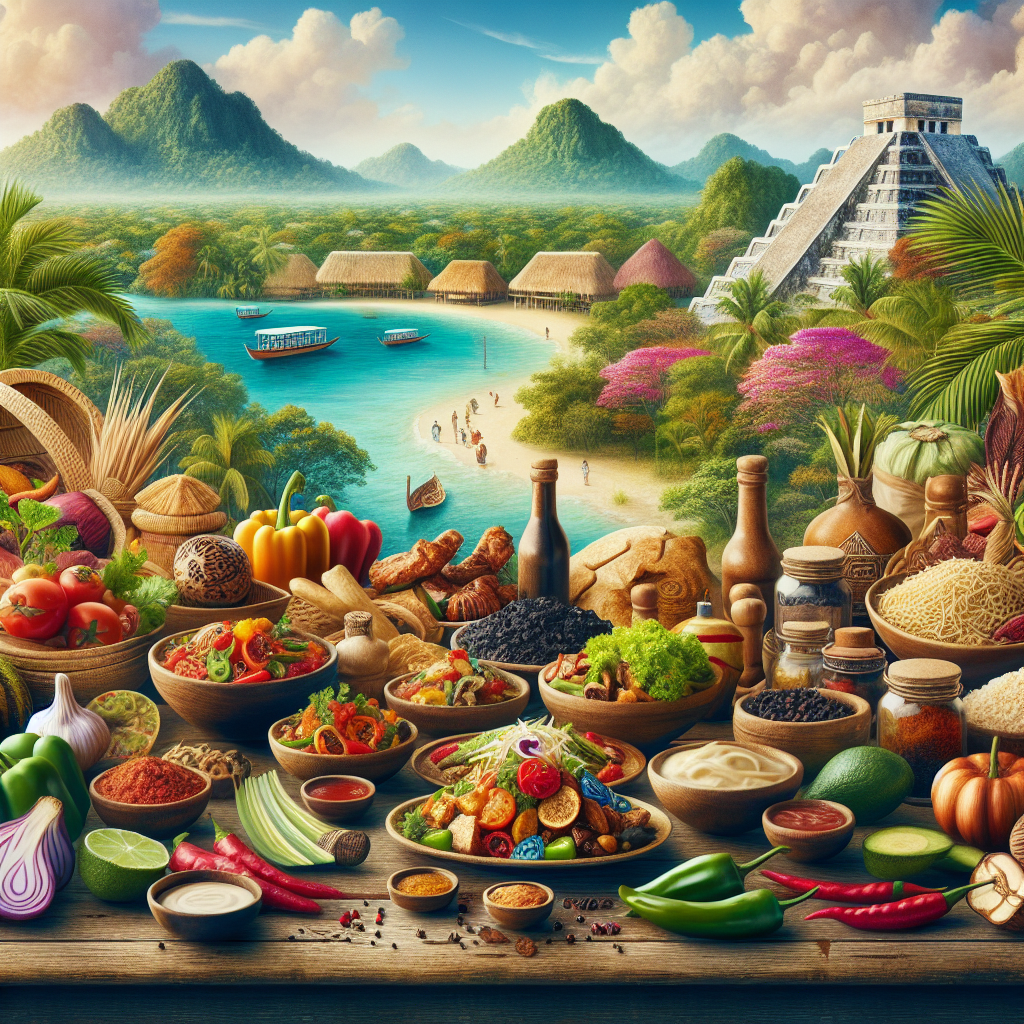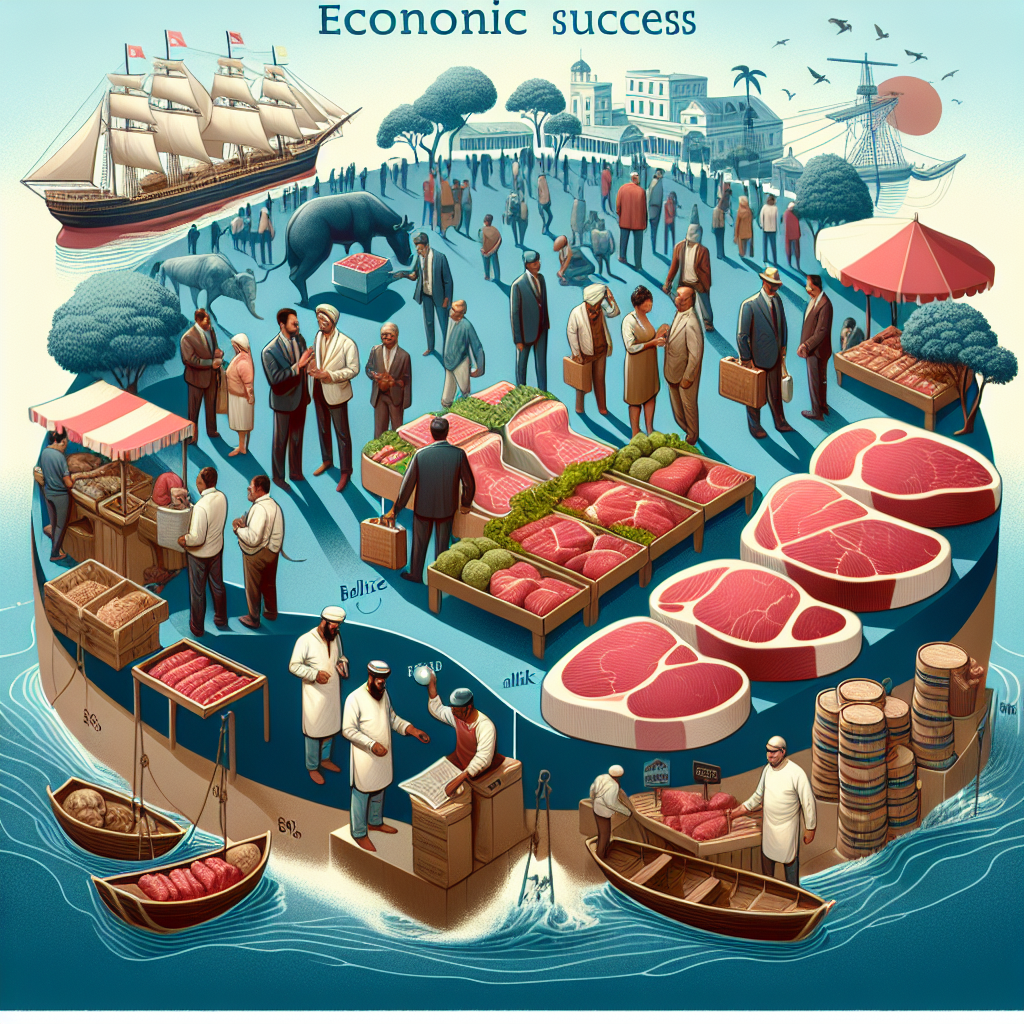
Spice and Harmony: The Cultural Melting Pot That Influences Belizean Food
Spice and Harmony: The Cultural Melting Pot That Influences Belizean Food
Nestled on the eastern coast of Central America, Belize is a small yet intriguing country that boasts a rich tapestry of cultures woven together through history, community, and, most deliciously, food. Belizean cuisine is a flavorful testament to the country’s diverse heritage, blending influences from Mayan, Mestizo, Garifuna, Creole, Chinese, East Indian, and other cultures. This cultural melting pot has given rise to a unique culinary landscape where every meal tells a story of harmony through spice and tradition.
A Brief History of Belizean Cuisine
Belize’s historical narrative is one of migration and integration. The Mayans were the first known inhabitants of the region, and their culinary practices laid the foundation for what is today recognized as traditional Belizean food. Staples such as corn, beans, and chili peppers reflect Mayan agricultural prowess and continue to figure prominently in local diets.
With the arrival of the British colonialists, and later, African slaves, the culinary scene broadened considerably. African influences introduced new ingredients and cooking techniques, which melded seamlessly with existing Mayan practices. This integration was further enriched by the Garifuna, descendants of West African, Central African, and indigenous Caribbean people, whose culinary contributions include dishes like "hudut," a delightful combination of fish, coconut milk, and mashed plantains.
Key Influences and Signature Dishes
One cannot discuss Belizean cuisine without acknowledging the role of Creole culture. Foods like rice and beans—served with stewed chicken, pork, or beef—epitomize Belizean flavors. The Creole practice of incorporating spices like thyme, black pepper, and annatto has created hearty and comforting meals that fuel both body and soul.
Mestizo contributions are notable in dishes like "tamales" and "salbutes," both of which showcase the ingenuity of using corn masa to create versatile platforms for other ingredients. Mestizo cooking often includes a vibrant mix of spices such as cumin and coriander, giving every bite depth and warmth.
The Garifuna, concentrated along the Caribbean coast, bring seafood to the Belizean palate, embracing the ocean’s bounty with dishes like "serre," a fish stew cooked in coconut milk. This reliance on coconut and plantains is a unique reminder of their African and Caribbean ancestry.
Central to the Belizean identity is its street food culture, where influences from Chinese and East Indian communities can be savored. Chinese-style fried rice and noodles are street food staples, while the East Indian-inspired "roti" offers a deliciously spiced and portable meal filled with curried chicken or vegetables.
The Spice of Life: Harmonizing Diverse Flavors
The beauty of Belizean cuisine lies in its ability to harmonize diverse flavors, creating dishes that are at once familiar and exotic, comforting yet exciting. Seasonal spices such as allspice, ginger, and cinnamon hint at East Indian influences, while lime and cilantro infuse meals with a refreshing zest derived from Mexican culinary customs.
Hot sauce, often made from fiery habanero peppers, is a ubiquitous condiment, demonstrating Belizeans’ love affair with heat. Whether it’s drizzled over fresh ceviche or served alongside savory meats, this spicy addition underscores the cultural appreciation for bold flavors.
The Modern Belizean Table
Today, the Belizean food scene continues to evolve, absorbing global influences while respecting its traditional roots. Local chefs and home cooks alike are innovative, merging old and new techniques to keep the flavors of Belize alive and dynamic.
Tourism has also spurred a greater appreciation for this culinary diversity, creating a global audience eager to experience the authentic tastes of Belize. Food festivals celebrating the country’s heritage attract both locals and visitors, showcasing Belizean food as an expression of national pride.
Conclusion
Belizean cuisine is a delicious celebration of the country’s multi-ethnic society, offering a culinary adventure that is as diverse as it is harmonious. At every meal, the confluence of cultures beckons diners to explore stories of migration, resilience, and unity. As Belize continues to grow and welcome new influences, its food will undoubtedly remain a vibrant cornerstone of its cultural identity—a spicy and harmonious testament to the power of diversity.



